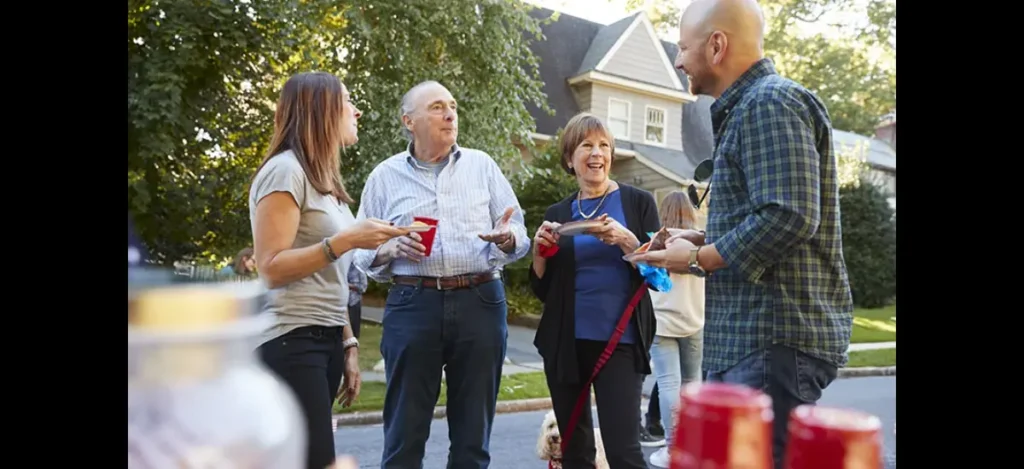Introduction Human Gathering Fake
In today’s interconnected world, the concept of “Human Gathering Fake” has gained significant attention. From social dynamics to digital realms, the phenomenon encapsulates the complexities of human behavior and interaction. This article delves into various facets of Human Gathering Fake, exploring its implications, manifestations, and underlying causes.
The Evolution of Social Interactions: From Authenticity to Facades
Human gatherings have historically been avenues for genuine connection and communal experience. However, with the advent of digital platforms and social media, the dynamics of gatherings have evolved. The term “Human Gathering Fake” now encompasses instances where gatherings, whether physical or virtual, may not always reflect genuine interactions. This shift raises questions about authenticity in social settings and the impact of digital spaces on human behavior.
Digital Facades: The Rise of Virtual Persona
In the age of social media, individuals often curate their online personas meticulously. The concept of “Human Gathering Fake” extends to these virtual realms, where individuals may present idealized versions of themselves. This phenomenon can lead to discrepancies between perceived reality and actual experiences within online communities. Understanding these digital facades is crucial in deciphering the true nature of human connections in a digital age.
Psychological Underpinnings: Motivations Behind Facade
Behind the facade of “Human Gathering Fake” lie various psychological motivations. Individuals may engage in superficial interactions or present exaggerated aspects of their lives to gain social approval or mask insecurities. This behavior reflects broader societal trends where social validation and acceptance often overshadow genuine connection. Exploring these underlying motivations offers insights into the complexities of human social behavior.

Impact on Relationships and Communities
The prevalence of “Human Gathering Fake” can significantly impact relationships and community dynamics. Inauthentic interactions may undermine trust and intimacy, leading to superficial connections devoid of emotional depth. Furthermore, the perpetuation of facades in gatherings can contribute to societal norms that prioritize image over substance. Addressing these dynamics is essential for fostering meaningful connections and building resilient communities.
Navigating Authenticity in a Digital Age
Amidst the complexities of “Human Gathering Fake,” there is a growing emphasis on authenticity and genuine human connections. Navigating this landscape requires individuals to cultivate self-awareness and empathy, both online and offline. Embracing authenticity involves fostering honest communication, respecting diverse perspectives, and prioritizing meaningful interactions over superficial impressions. By promoting genuine connections, individuals can contribute to creating spaces where authenticity thrives.
Conclusion
“Human Gathering Fake” encapsulates the evolving dynamics of human interactions in contemporary society. From digital facades to psychological motivations, understanding this phenomenon is crucial for navigating the complexities of social relationships. By prioritizing authenticity and genuine connection, individuals can foster meaningful gatherings that enrich personal experiences and strengthen community bonds. As we navigate the digital age, embracing authenticity remains essential in fostering genuine human connections.

